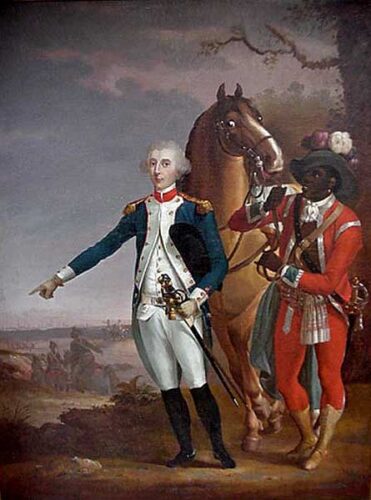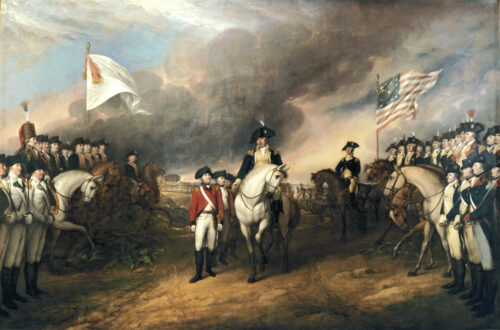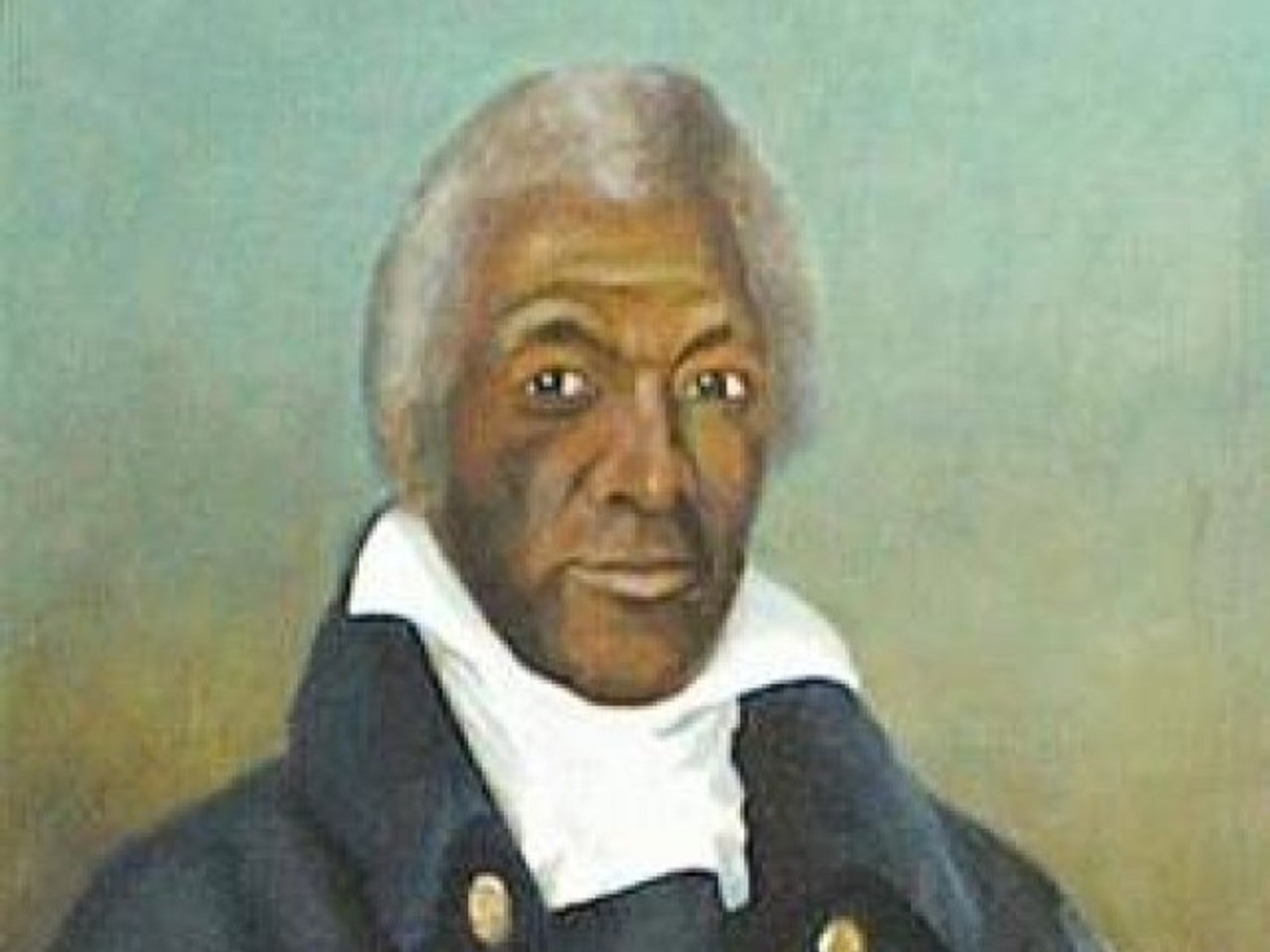James Armistead Lafayette. Credit: US Army.
James Armistead Lafayette was born into slavery around the year 1748 in New Kent County, Virginia. He was raised on the property of Colonel John Armistead, and was given a basic education, including how to read and write. These skills were unusual for enslaved persons in Colonial America, but James needed them to serve as a personal manservant to William Armistead, the son of Colonel Armistead.
The American Revolution
In the year 1779, the flames of the American War of Independence spread to the southern colonies. During this tumultuous period, James Armistead, a slave owned by William Armistead, was granted permission to join the ranks of the French Allied units under the command of the Marquis de Lafayette.
James’s initial role in the military was as a courier, a position that utilized his knowledge of the local terrain and allowed him to navigate the dangerous landscape of war. However, his role was soon to take a dramatic turn.
Recognizing his potential for gathering intelligence, the army decided to use James in a capacity that would significantly influence the course of the war. He was assigned the daring task of acting as a spy within the enemy ranks. To accomplish this, James assumed the guise of a runaway slave, a common occurrence during the time, which provided him with the perfect cover to infiltrate General Cornwallis’s headquarters.
This strategic move allowed James to gain unprecedented access to the heart of the British operations, setting the stage for some of the most crucial intelligence-gathering missions of the American Revolution.

Because Armistead was a native Virginian with extensive knowledge of the terrain, the British received him without suspicion. As a result, Armistead accomplished what few spies could: direct access to the center of the British War Department. After successfully infiltrating British intelligence, Armistead floated freely between the British and American camps. As a double agent, he relayed critical information to Lafayette and misleading intel to the enemy.
Oblivious to his true intentions, the British assigned Armistead to work under the notorious turncoat, Benedict Arnold. By helping Arnold maneuver his troops through Virginia, Armistead gained significant insight into the Redcoats’ movements.
In 1781, during a pivotal time in the Revolution—the Battle of Yorktown—Armistead made significant contributions. He relayed vital information to Lafayette and Washington about the imminent arrival of British reinforcements. This key intelligence enabled the generals to plan a blockade that hindered the progress of the enemy. This strategic action played a crucial role in the American triumph at Yorktown. This success resulted in the final major victory for the colonists when Lord Cornwallis surrendered on October 17, 1781. Armistead played an important role in changing the course of the American Revolution.

Post-War Life
While the end of the Revolutionary War brought jubilation and a sense of liberty across the United States, James Armistead found himself returning to the shackles of slavery. His unique position as a spy meant that he was excluded from the benefits of the law, “Directing the Emancipation of Certain Slaves who have Served as Soldiers in this State” passed by the Virginia General Assembly in 1783, which granted freedom to enslaved individuals who had served as soldiers in the Revolution.
Faced with this injustice, Armistead embarked on a quest to secure his freedom. He petitioned the Virginia General Assembly advocating for his rights and arguing his case. However, his efforts were met with years of disappointment and unsuccessful attempts.
In these challenging times, help arrived from an unexpected quarter. The Marquis de Lafayette, his former comrade-in-arms and a key figure in the Revolution, learned of Armistead’s continued enslavement. Moved by their shared history and Armistead’s plight, Lafayette penned a letter to the Virginia General Assembly advocating on his behalf.
The intervention proved successful, and in 1787, Armistead was granted his manumission. With the chains of slavery finally broken, he began a new chapter in his life. Supported by his annual pension, Armistead purchased a 40-acre farm in Virginia. There, he built a life of dignity and freedom, marrying and raising a family.
In recognition of the pivotal role Lafayette played in his journey to freedom, and as a testament to the deep bond they shared, Armistead chose to add ‘Lafayette’ to his name. Thus, he became James Armistead Lafayette, a symbol of courage and resilience, whose life story continues to inspire.

James Armistead Lafayette passed away in the year 1832. While the exact reasons that drove him to serve in the Revolutionary War might forever remain unknown, one thing is clear: his courage was instrumental in the fight for American independence. His daring acts of espionage and the vital intelligence he provided significantly contributed to the pivotal victories that ultimately led to the birth of a free and independent United States.
*The views and opinions expressed on this website are solely those of the original authors and contributors. These views and opinions do not necessarily represent those of Spotter Up Magazine, the administrative staff, and/or any/all contributors to this site.

